Being immersed in the fitness industry provides me with a ton of different opportunities to experience different techniques, methodologies, and products. I recently had the privilege of a...
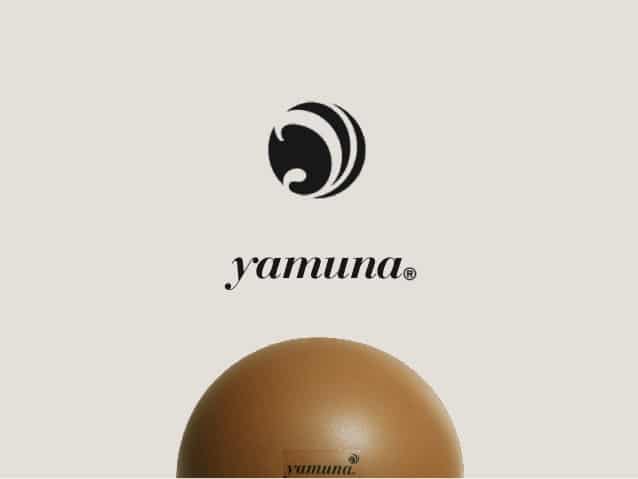

Being immersed in the fitness industry provides me with a ton of different opportunities to experience different techniques, methodologies, and products. I recently had the privilege of a...
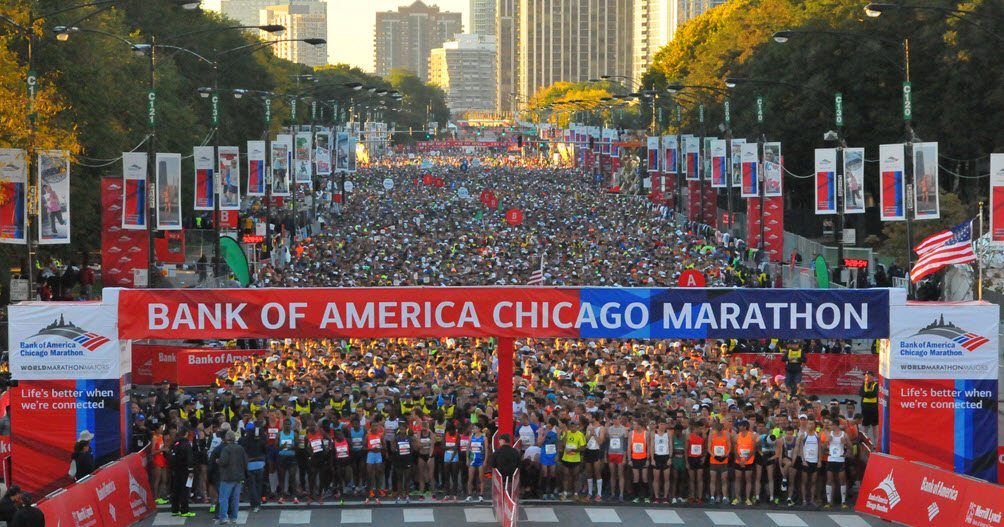
Leading up to the Chicago Marathon 2016 The Chicago Marathon provides an excellent course, plenty of support and, for me, a chance to visit home for a few days. It was no different for me this...

September 25 was going to be my day. The Ironman Augusta 70.3 triathlon was finally here. The race I had been training so hard for on one of my favorite courses. It was four-and-a-half months...
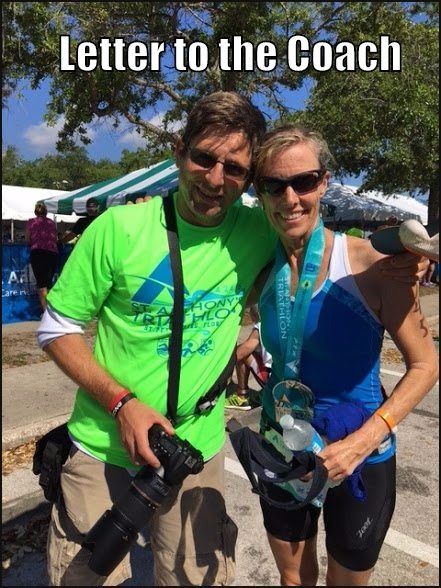
I have been an endurance coach for some time now. Once in a while, I receive an email from a client which chokes me up with pride. Today, I received one of those letters, so instead of sharing it...
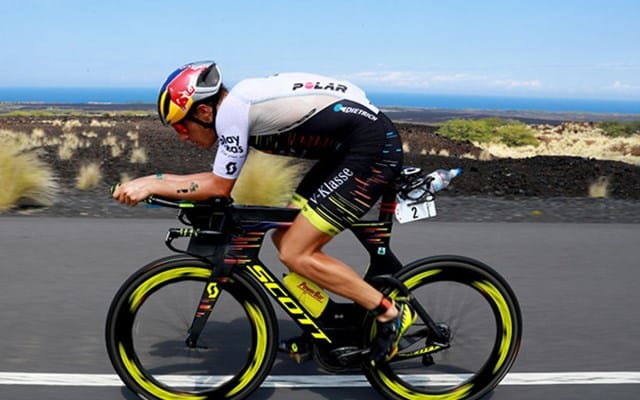
I found when looking for ways to get faster on the bike, is that there is so much information, from different coaches and experts, that it can be confusing and overwhelming. Personally, I...
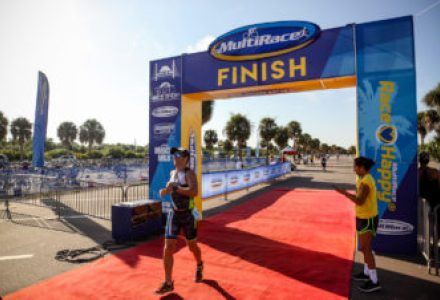
The previous post was a review of the FD3 Triathlon Series as if it was a product. Below you will find a more detailed account of my personal experiences during the race. Let me know in the...
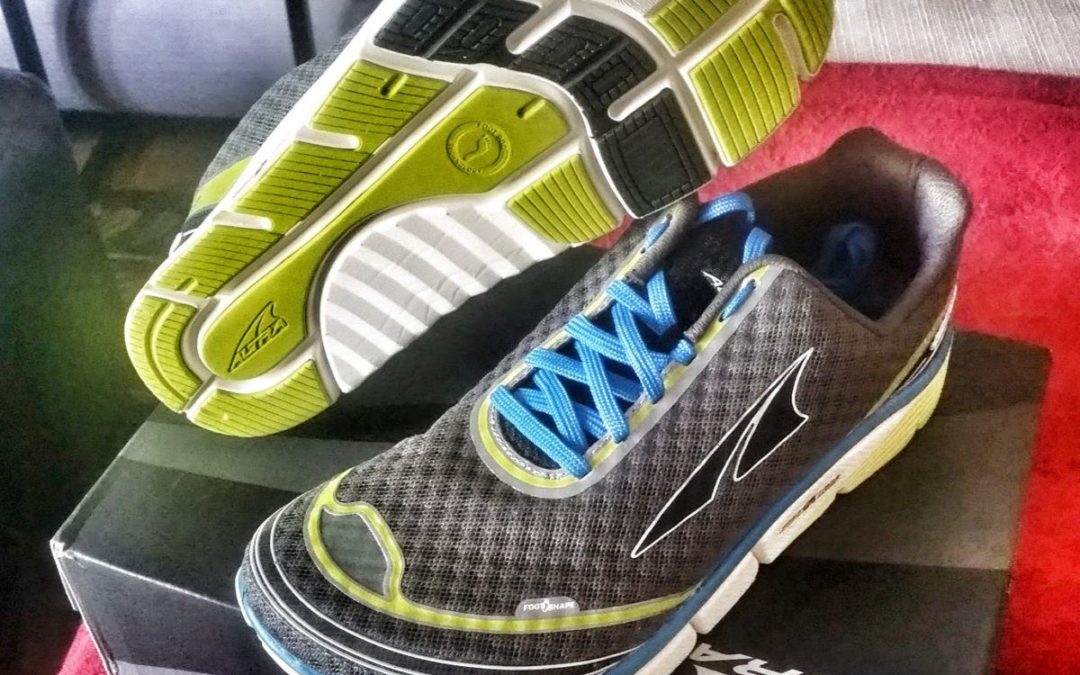
I have been a fan of the Altra line for a little while now, so I was so honored to be given a chance to review the brand new Altra Torin 2. I reviewed the 1.5 version when it first arrived, and it became my shoe of choice for long runs.
One of Altra’s significant differences in the complete line of shoes is their zero heel drop and since my coaching methodology includes an emphasis on our body’s natural movement while running this is obviously one of my favorites. (I have included a explanation of what “Zero Drop” means in my previous Altra Torin 1.5 review.)
The other difference between Altra and their competition is the wide toe box, or as Altra calls it, a “FootShape” toe box. The ability to splay the toes plays a significant role in injury prevention and the strength of the feet. This allows the runners body to support itself, rather tan relying on a shoe for support.
The upper has been improved in the 2.0. The Torin 1.5 was made with a thick upper which added unnecessary weight and reduced flexibility of the shoe. The 2.0 has been upgraded with a much thinner mesh material that breathes better and allows for more flexibility.
Here is where some of my favorite changes were made. First, they moved from the heavier EVA to their lighter proprietary “A-bound” material that for me seems to add a little more spring to the ride of the shoe. When my foot strikes the ground the material seems to not only protect from the natural impact, but reacts driving me forward.
The weight in the previous show was 10.1 ounces which was up from the original Torin which was 9.5 ounces. The Torin 2 comes in at 9.1 ounces which is one of the lightest in this category, if not the very lightest.
Altra added what they call Innerflex which are groves in the outsole and midsole that bend with your foot allowing substantially more flexibility than the previous models. This too me was the single most important change they made. The Torin has always classified as their High Cushioned shoe which most companies have traded flexibility for cushion. Altra has found a way to give runners the flexibility I love with the cushioning I want and without giving up any of proprioception.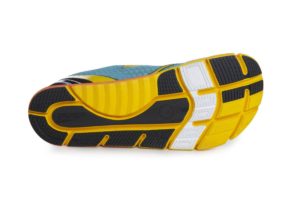
The have now included a Foot Pod technology which maps the bones of the foot with the Innerflex so the shoes flexes where the runner needs it to, allowing a near customized fit.
Altra went ahead and removed the toe guard and heel rudder as well. In my opinion this not only allowed them to shed some weight, but also added to flexibility and comfort. In a road shoe I never really thought either added any value. These two advantages are best left for trail specific designs.
Obviously, not much.
The new Abound foam tends to soak in water and sweat which makes the shoe feel a little heavier during training and racing. Even with the mesh material the shoe does not seem to drain well. I would love to see a version of this shoe with drain holes, but of course that is the triathlete in me talking.
After about forty miles the new Abound material started to squeak while just walking ,and only in my left shoe This does not seem to happen when I run in them, but it is a little noisy when walking through the store. I think it may be just a problem with this pair, but nonetheless it is something I dislike. However, it did not change the performance of the shoe.
The price of $125 is a little high in my opinion. A better price point would be the $100 – $110, but of course that is very minor for shoe of this quality.
Let’s see how the Torin 2 ranked on my scale:
Quality – 4/5
Upper – 4/5
Outsole – 4/5
Flexibility – 5/5
Comfort – 5/5
Appearance – 4/5
The Altra Torin 2 is available in men’s whole and half sizes 7-12.5, whole sizes 13-15 and in three color patterns. It is available in women’s whole and half sizes 5-10.5, whole sizes 11-12 and in three separate color patterns.
Please feel free to comment on your feedback.
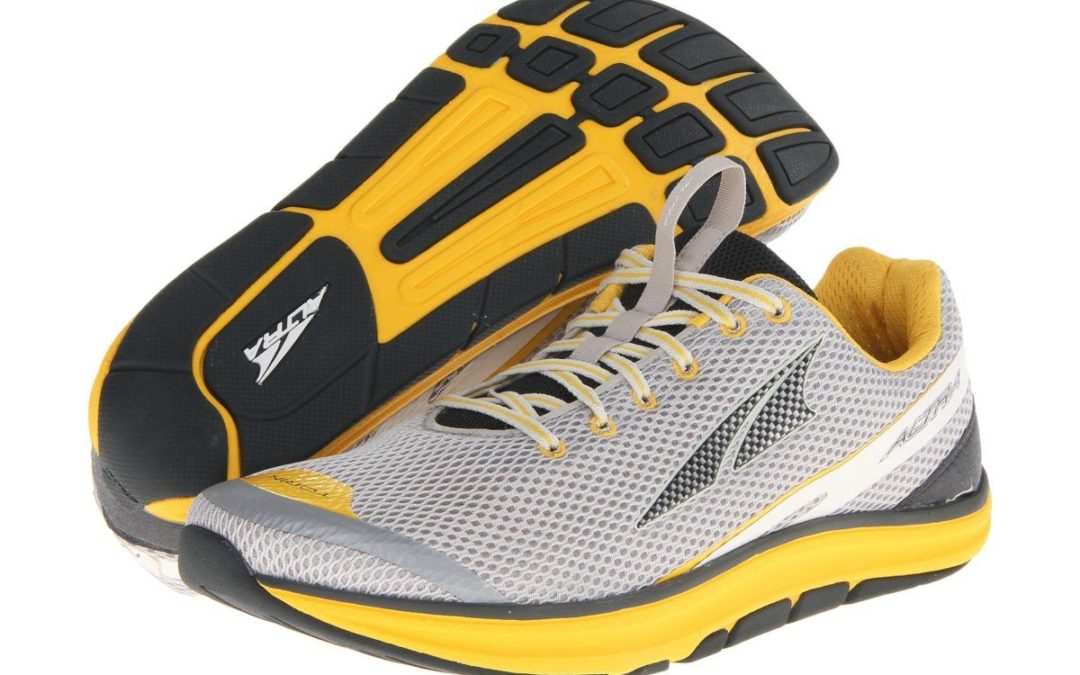
The quest for the best running shoe can be daunting, but the search for the best zero drop running shoes can be downright frustrating. The majority of all the Altra Zero Drop reviews I personally have read, the consensus is pretty positive, and in this instance, it will be no different, because in my opinion, it has resolved my issue of finding the best zero drop shoe on the market. The Altra Torin 1.5.
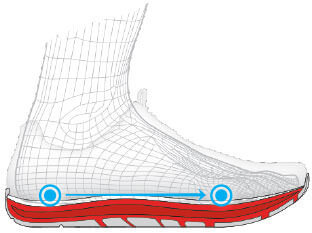 Upper
UpperThe upper is durable but is thick throughout. I personally like this, because I feel the security of the shoe without having to pull the laces tight. In my opinion, the laces should never be tight. Once the laces are tied they should really never have to be untied unless you are using a runners lace. The laces should be tight enough to secure the heel but no more. This allows the runner to support themselves rather than the shoe supporting the runner.
The Altra 1.5 has the same wide toe box that is consistent with the whole line of zero drop running shoes. I love the wide toe box because it allows me to have splay my toes and grab the road with more surface area. My feet do not feel crowded in this shoe.
Altra changed the laces in the 1.5 from the original model. They are now flat vs the round nylon laces and they reduced the number of holes on each side from 7 to 6. It provides more space between the touch of the laces to the foot and security in the sinch of the laces.
The shoe also seemed to have less seems and the addition of a strap that cinches the tongue to the upper. It helps the security of the foot in the shoe.
The outsole has not changed from the original Torin, but that is something I personally liked. There is enough cushion in the sole for protection without losing the feel for the road or trail underneath.
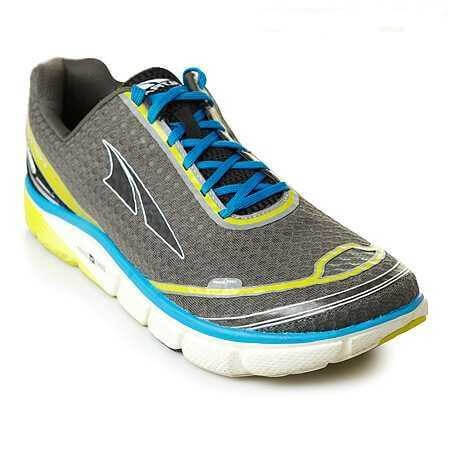
Altra Torin Original
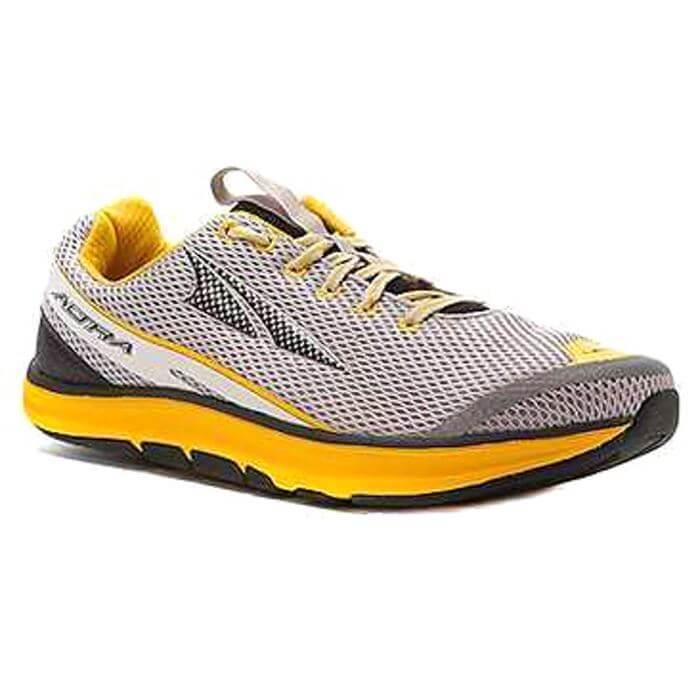
Altra Torin 1,5
The ride of this shoe is extremely comfortable. Of course, this is why I enjoy the Altra line in the first place. The ride is smooth with great responsiveness on the road.
The interesting part of the shoe is the weight. When upgrading a shoe from an original version, the thought would be that the weight could be dropped, but in the new Torin 1.5 has an extra ounce added. The shoes weigh 10.5 ounces versus the original Torins at 9.5 ounces.
The flexibility has not changed either. The Altra Torin or the Torin 1.5 are not the most flexible of shoes, but they do have enough flexibility to give a good lever and lift from the ground. I am chalking the lack of flexibility to the design of the shoe being for the road and not the trail. Trail shoes should have a little more flexibility for the technical terrain.
I do like the color of these versus the originals. The blue and orange weren’t bad, but they went a little more conservative with the grey, yellow and black. This is obviously a personal choice on the runner, but I thought I would put my two sense in.
The cost is a little more expensive at $120 dollars, but the shoes seem to last over 400 miles which most shoes will only last 250 to 300 before losing the cushion and ride comfort.
My Impressions:
Quality – 4/5
Upper-4/5
Outsole – 4/5
Flexibility – 3/5
Comfort – 4/5
Appearance – 4/5
Cost – 3/5

It has been a while, and I have a ton of ideas that I am anxiously awaiting to share with you. Unfortunately, time has been getting away from me. Between training myself, a full-time job and being at capacity with 15 individual clients I am struggling for time to post. I promise I will figure out a way to make time. I am so lucky to have such great people to bounce ideas off of, that sometimes, by not posting, I feel like I am letting all of you down, so I promise to post more even if the posts end up being a lot shorter than usual. (Which the length is probably not your favorite part of it anyway. I know I ramble.)
Before I get into the nitty-gritty of my personal opinion of compression, a disclaimer.
I am not a medical professional. The opinions that are shared on this post come from research, my own experiences and the experiences of athletes I have personally witnessed and information I have researched. Every athlete/person has a different body and some products and/or methodologies may be advantageous for some and may even be dangerous for others. This post deals with my beliefs and my research. (Was that clear?)
Lately, most of the questions from other athletes, including clients of mine, have asked about compression. This usually centers around calf sleeves, but does include some of the other compression apparel as well. My answer is usually, for recovery and for temporary use they are great, but not for training. Why? Great question.
I am going to use calf sleeves as my example.

While running, biking, swimming or any major activity using the legs, the muscles are constantly in motion. That motion is what naturally makes the muscles stronger. The muscle moves and is loaded with either more repetitions, or with weight. The full range of motion of each muscle is imperative to the strengthening of the muscle. Compression holds that muscle in place and limits the movement therefore limiting the range of motion. While compressed the muscle cannot fully develop while training. Let’s take a look at the anatomy of the lower leg in the running position.


As you can see the gastrocnemius muscle and Achilles tendon, when the knee is flexed, both constrict and then elongate when the knee straightens. Here is the epitome of the range of motion naturally occurring when running. The more flexion and constriction that take place the more they are stretched causing the breakdown of the fibers. After the recovery period the fibers wrap tighter and in more abundance aiding in a strength and endurance. Now imagine that gastrocnemius muscle remaining constricted due to a calf sleeve. It seems to me that this would dictate that it would not have full range of motion also causing the Achilles tendon to remain stretched without the full ability to absorb the impact. This could unintentionally damage the Achilles tendon, the gastronemius muscle and the soleus muscle. If not damage, it will limit the ability to be strengthened. This is why I personally do not recommend calf sleeves during training workouts.
Recovery
I do however do not mind wearing compression while in recovery to include immediately following the cool down of a workout. I mentioned the healing of the fibers earlier. In order for the fibers to heal and become stronger after the breakdown, blood must be pumped through the muscle and with it water for hydration. Compression does help to isolate that area helping to keep the majority of the blood and water being pumped through the body to the point of the compression. With the legs either elevated or even walking around and at that point limiting the movement, it would allow for the blood to pool in that area helping to re-hydrate the muscle thereby helping to heal faster. In turn, an occasional training run or race, with compression at the tail end of an injury, might also benefit, but in a very limited quantity, and duration.
–IronGoof

I personally have been involved with charities that specifically relate to Cancer for over a decade now. With that in mind and the fact the my friend Ben Mena has taken on a challenge with the The Little Things for Cancer and created a team to run the Marine Corps Marathon, I thought this would be an appropriate time to incorporate a guest post by my friend David Haas. His bio is at the bottom of the post, but he is very active in creating awareness and outreach for Mesothelioma. Enjoy this great article and pass it on to anyone you know that cane be of benefit. Carpe Viam!
Nutrition plays an important role in helping to prevent many types of cancers, but it also plays a major role for those going through cancer treatments and therapies. Eating the right foods can help you maintain your energy levels, gain needed strength to go through treatment and improve your quality of life. However, vicious side effects such as nausea, loss of appetite and extreme fatigue can seriously affect your ability to eat.
Learning how to side step these problems and improve your nutrition can make cancer treatments easier to handle.
Nausea
Common cancer therapies such as surgery, radiation or chemotherapy often result in nausea. Since weight loss can lower immune system function, sap your strength, and lower your vitality, it’s particularly important to learn how to improve your nutritional condition when nauseated.
Start by eating smaller meals more frequently throughout the day. Sipping carbonated beverages, using foods or drinks that contain ginger; sipping clear soups and avoiding spicy foods can also help. It’s also important to stay hydrated, so focus on foods that contain plenty of liquids such as puddings, custards and creamy soups.
Loss of Appetite
The stress and emotional upheaval that comes with a cancer diagnosis can seriously affect your desire to eat. Uncertainty, fear of the unknown and strained family relationships only adds to the burden. Even if you don’t feel hungry, it’s important to eat a balanced diet that’s high in protein, fruits and vegetables. The University of Arizona Cancer Center suggests you take advantage of the time of day when your appetite is best.
Focusing on higher calorie foods for both meals and snacks will help because you won’t need to eat as much volume. Try adding fortified protein powders to milkshakes, snack on cheese and nuts, and add sauces or extra fats to your vegetables. Making sure you exercise everyday can also help to increase your appetite.
Fatigue
When you’re tied and worn out due to anxiety, medication, or treatment, poor nutritional practices only makes the depression or dragged out feeling worse. Getting plenty of liquids, exercise, and nutrient-dense foods in the form of colorful fruits and vegetables are important to keep the fatigue from getting you down.
While some causes of fatigue from cancers can’t be avoided, like the symptoms of mesothelioma, make sure you’re eating plenty of iron-rich whole-grain cereals, getting adequate sleep and eating enough protein foods such as eggs, beans and dairy. While paying attention to nutritional details can feel like it’s more trouble than it’s worth, keeping your nutritional intake high during cancer treatments can give you that extra edge you need to survive.
David Haas
Joining the MCA in 2011, David Haas is the Director of Awareness Programs. In addition to researching much of the information available to our site’s visitors, David often blogs about programs available and campaigns underway at the Mesothelioma Cancer Alliance. David is a fitness enthusiast who frequently runs, climbs, and bikes for enjoyment. He is also very involved in outreach associated with awareness about the dangers of asbestos for many different organizations and groups of people.
to researching much of the information available to our site’s visitors, David often blogs about programs available and campaigns underway at the Mesothelioma Cancer Alliance. David is a fitness enthusiast who frequently runs, climbs, and bikes for enjoyment. He is also very involved in outreach associated with awareness about the dangers of asbestos for many different organizations and groups of people.
Read more: http://www.mesothelioma.